
天然玻璃宝石:特性、含义、价值等
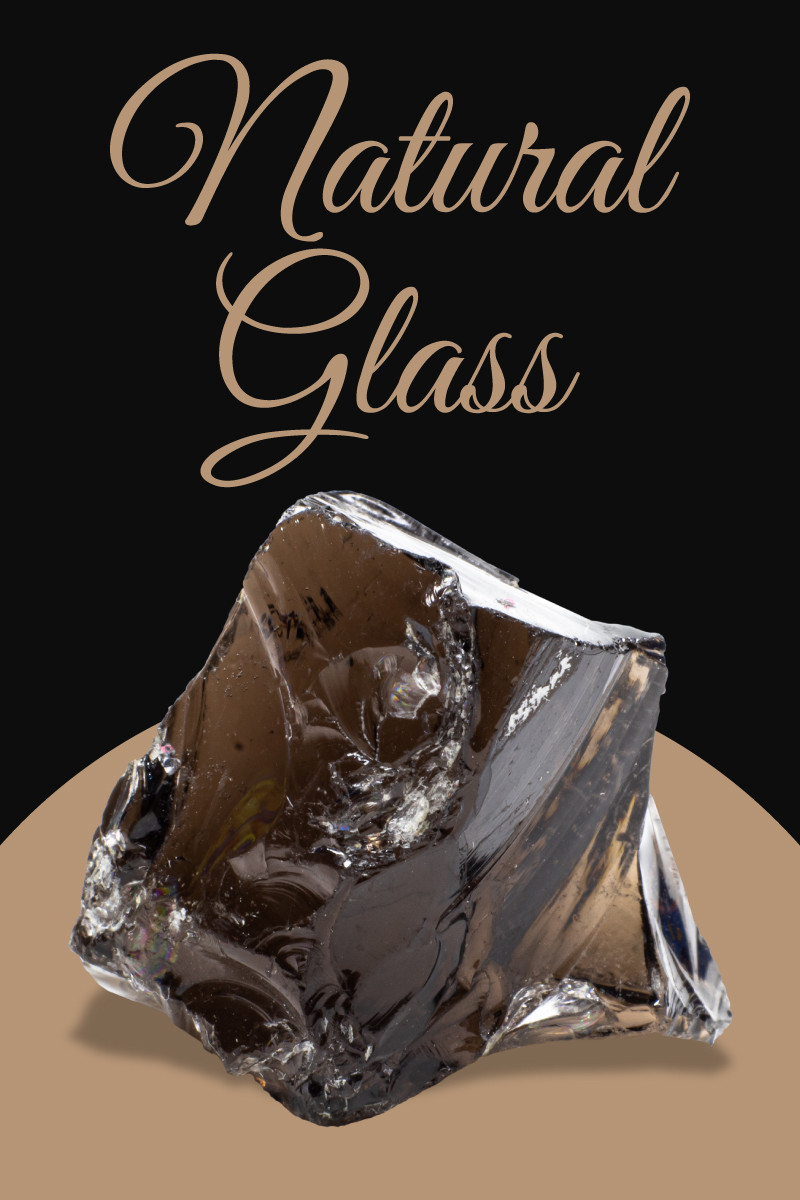 天然玻璃宝石可以在地球或太空中形成。这类宝石的形成是由于岩石或沙子等物质变得极热,然后迅速冷却,冷却速度之快以至于它们无法结晶。
天然玻璃宝石可以在地球或太空中形成。这类宝石的形成是由于岩石或沙子等物质变得极热,然后迅速冷却,冷却速度之快以至于它们无法结晶。
玻璃的重要性毋庸置疑——如果没有它,你就不会读到这篇文章!但你听到“玻璃”这个词,可能会想到“人造的”,对吧?再想想。
大自然——无论是在地球还是在外太空——几千年来一直在形成玻璃,其中许多既美丽又有教育意义。
本指南涵盖天然玻璃宝石的类型、价格、历史、好处等!

什么是天然玻璃石?
许多天然玻璃都是半宝石。但玻璃到底是什么呢?
玻璃的科学定义很复杂,但它被认为是一种物质状态,可以是液态也可以是固态(这存在激烈的争论)。
在矿物学中,玻璃是一种无定形(非晶体)材料,具有均匀的组成和随机的液体状结构。
利比亚沙漠玻璃等天然玻璃可以替代黄水晶作为 十一月的诞生石,而捷克陨石则是射手座的吉祥石。
天然玻璃规格和特性
大多数天然玻璃的主要成分是硅。玻璃石是类矿物,而不是矿物。
天然玻璃是透明的吗?并非总是如此。许多玻璃是半透明到透明的,但也有一些是不透明的,或者边缘是半透明到不透明的。
如何鉴别玻璃宝石?玻璃宝石(天然和人造)都有独特的圆形气泡和漩涡纹,如果是刻面宝石,还会有凹面和模具痕迹。
但是如何鉴别天然玻璃呢?许多天然玻璃含有合成玻璃所缺乏的矿物内含物。
此外,许多作为宝石仿制品制造的玻璃宝石含有添加剂,可以使其折射率和密度高于天然玻璃。
那么,合成玻璃与天然玻璃有何不同?尽管光学和物理特性几乎相同,但天然玻璃源于自然,而合成玻璃则经过加工。
天然玻璃特性列表:
莫氏硬度:5-6
颜色:通常为黄色、蓝色或蓝绿色;根据杂质不同,几乎可以是任何颜色
晶体结构:无(无定形)
光泽: 玻璃光泽
透明度:透明至不透明
折射率:1.46-1.69(因类型而异)
密度:2.2-3.0(因类型而异)
解理:无
断口:贝壳状
条痕:白色
发光:无
多色性:无
双折射:无
分散性:无
光学效应:黑曜石可能呈现猫眼效应和虹彩效应
天然玻璃宝石的种类
下面我们将重点介绍最常用作宝石的天然玻璃的例子。
黑曜石
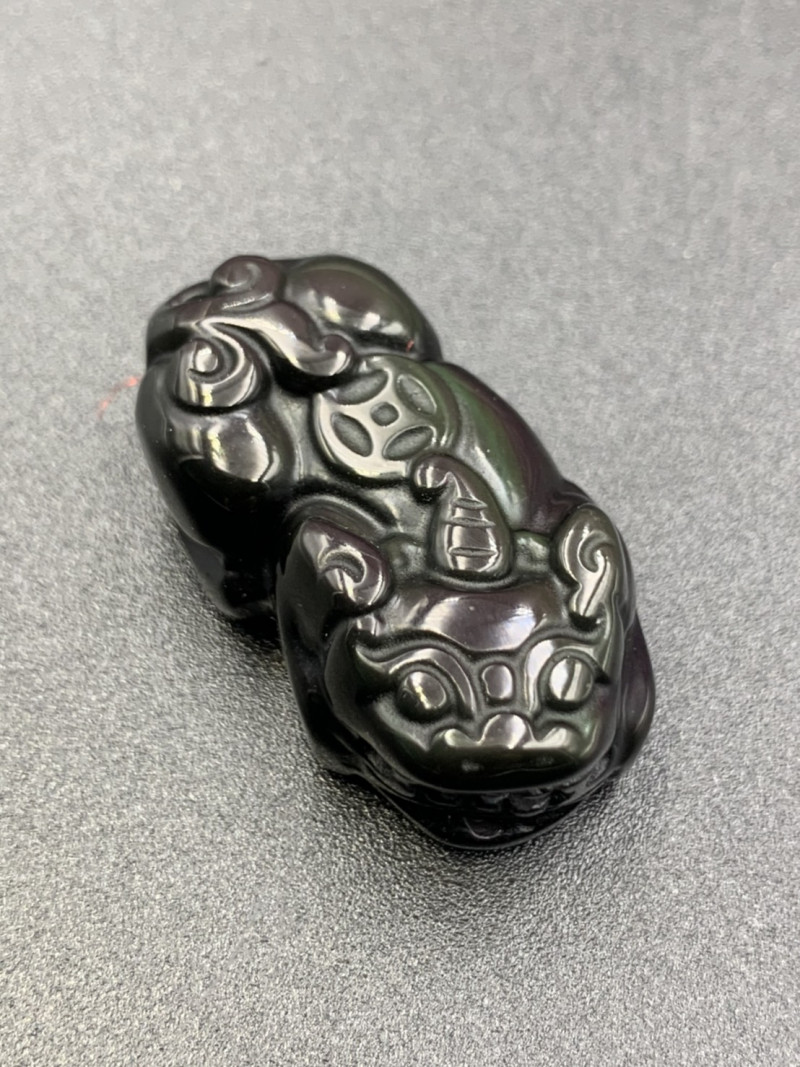 上图:彩虹色黑曜石
上图:彩虹色黑曜石
黑曜石,通常简称为“火山玻璃”,是最受欢迎的天然玻璃宝石。它形成于流纹岩浆。黑曜石通常呈黑色,有光泽,通常由磁铁矿包裹体构成。
其他杂质或内含物可能会产生不同的外观:
氧化铁:红色和棕色
长石或磁铁矿纳米颗粒:彩虹般的光泽
被困气泡:金色光泽
径向聚集的方石英晶体:雪花图案
定向铁红石纳米棒:彩虹条纹
浮石与黑曜石相似,但含有大量由喷出的熔岩中气泡形成的孔洞。
玻陨石
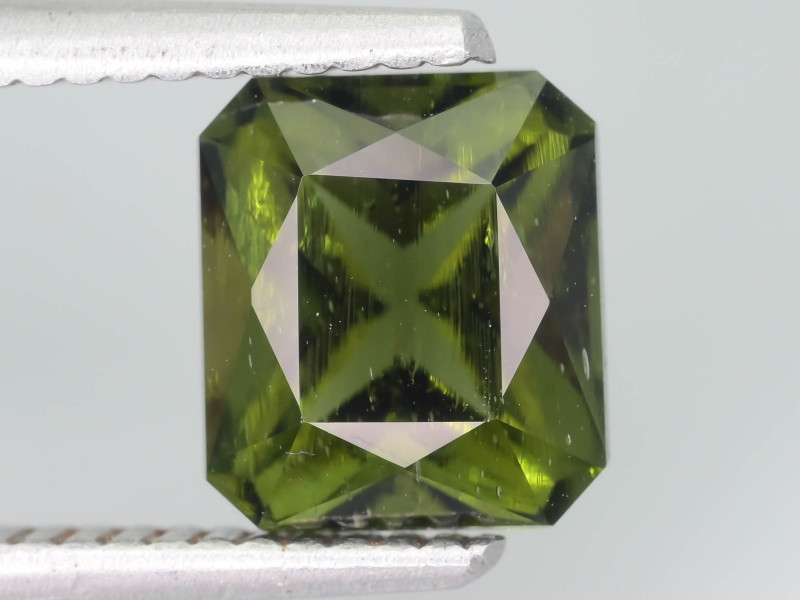 上图:捷克陨石
上图:捷克陨石
玻陨石是一种撞击玻璃,由陨石撞击导致物质迅速熔化、飞向空中,然后在落回地球时迅速冷却成玻璃而形成。
各种类型的玻璃陨石通常以其发现地的“散落区域”命名,例如:
捷克陨石:产自捷克的摩尔达维河
利比亚沙漠玻璃:来自利比亚沙漠
Australite :来自澳大利亚
Ivorites :来自科特迪瓦
达尔文玻璃:来自塔斯马尼亚州达尔文山
玻陨石的颜色可以是黑色、棕色、灰色、白色或绿色。它们通常具有不规则、复杂的形状,或类似于玻璃状的鹅卵石。大多数玻陨石内部都有大量气泡。
闪电熔岩
 上图:I 型砂质闪电熔岩 | 图片来源:Rama, CC-BY-SA-2.0
上图:I 型砂质闪电熔岩 | 图片来源:Rama, CC-BY-SA-2.0
闪电熔岩,或称“闪电化石”,是由雷击形成的,表面覆盖着沙子的熔融石英。
根据闪电击中的对象,闪电熔岩主要分为 4 种类型:
I型:由湿沙制成;薄玻璃壁,几乎完全是沙子;95-100%的玻璃
II 型:由粘土制成;玻璃墙较厚;玻璃含量高达 90%
III 型:来自钙质沉积物;主要成分为碳酸钙基水泥,称为钙质胶结物;玻璃含量高达 10%
类型 IV :来自岩石;较厚的玻璃壁;高达 90% 的玻璃
每种类型的闪电熔岩外观和大小各有不同。它们通常呈黑色或棕褐色,但杂质也可能使其呈现其他颜色。闪电击中人造物体时也会形成彩色闪电熔岩。
火山玻璃
除黑曜石外,其他值得注意的火山玻璃类型有:
玄武岩:黑色或深棕色,树脂光泽,类似焦油;有时含有小的橄榄石或长石晶体;铁镁矿:透明,黄棕色
玄武岩:指各种火山玻璃蚀变产物,包括水和玄武岩熔体或玄武岩玻璃风化;通常为黄橙色至棕色;凝胶玄武岩:无色、透明、光滑;纤维玄武岩 - 半透明、纤维状或颗粒状、双折射
佩蕾的头发:金黄色,类似稻草或头发;当冷却的熔岩拉伸成细纤维时形成,经常被风吹走
贝利的眼泪:乌黑的泪珠,通常位于贝利头发的末端(如下图所示)
Limu o Pele(贝利海藻) :棕绿色至近无色,碎屑和薄片状,类似海藻
后三座火山以夏威夷火山女神佩蕾 (Pele) 的名字命名。
 上图:贝利的眼泪 | 图片来源:James St. John, Flickr , CC-BY-SA-2.0
上图:贝利的眼泪 | 图片来源:James St. John, Flickr , CC-BY-SA-2.0
天然玻璃的历史
虽然人类大约在4000年前就开始制造玻璃,但天然玻璃的使用却源远流长。早在石器时代,人们就用黑曜石制作工具。最早已知的镜子大约出现在公元前4000年,就是用黑曜石抛光而成的!
但自然界中的玻璃早在人类出现之前就已存在。已知最古老的一批玻璃陨石可以追溯到非鸟类恐龙灭绝时期,很可能是由那次灭绝事件背后的陨石撞击形成的。
最早的玻璃陨石工具可追溯到公元前4000至6000年。大约在公元前500年,玻璃陨石也被用来祈求好运。最早关于玻璃陨石的书面记载可以追溯到公元950年,来自刘孙,他称之为“雷公墨” ,中文意为“雷神砚”。
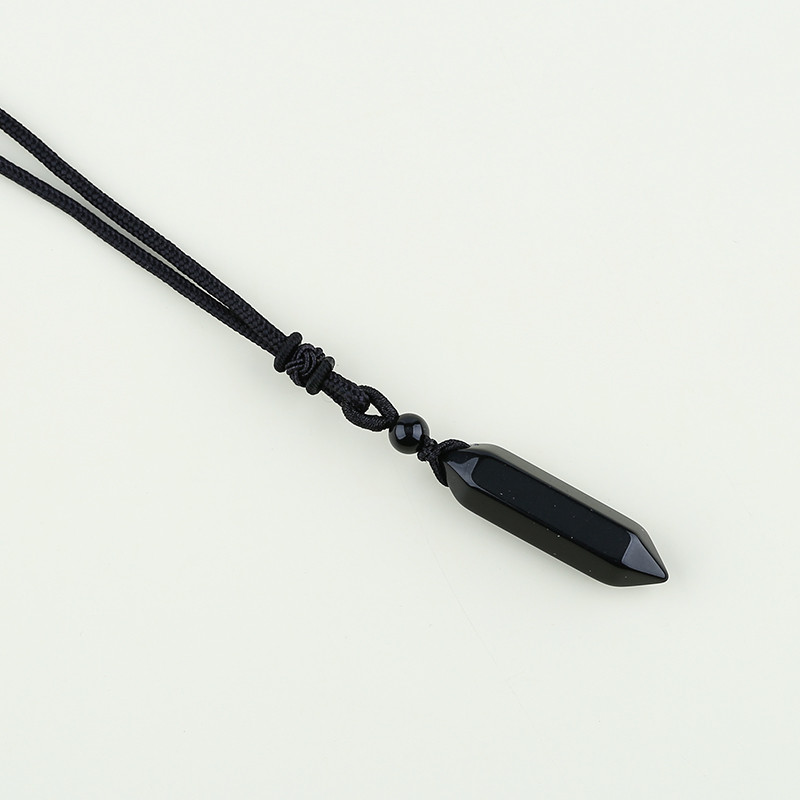 上图:黑曜石吊坠
上图:黑曜石吊坠
天然玻璃的修复特性
天然玻璃宝石可以作为强大的疗愈石。凭借其丰富的色彩,玻璃宝石可以作为开启任何脉轮的脉轮石。
黑曜石或佩蕾之泪等深色玻璃宝石常用于千里眼和占卜。据说,闪电熔岩的雷击来源能够振奋精神,促进血液循环。
 上图:捷克陨石戒指
上图:捷克陨石戒指
天然玻璃宝石的属性
天然玻璃宝石不像其他宝石那样分级,但我们将重点介绍可能影响其价值的分级特性。
颜色:黑曜石、玻陨石和利比亚沙漠玻璃等颜色较为稀有的宝石价值更高。虹彩也能提升宝石的价值。
透明度:所有天然玻璃的透明度越高,价值就越高。
尺寸:尺寸通常是陨石玻璃陨石价值的首要因素,尺寸越大,价格越高。尺寸对闪电熔岩的价值也有一定的影响。
稀有性:像玻璃陨石这样的稀有天然玻璃比黑曜石这样的常见玻璃更有价值。
天然玻璃的形成与来源
天然玻璃可以通过几种方式形成:
火山活动:岩浆或熔岩迅速冷却成玻璃(火山玻璃、黑曜石)
陨石撞击:陨石撞击地球,导致物质迅速熔化,飞向空中,然后在落回地球时迅速冷却成玻璃(玻璃陨石)
天气事件:闪电击中沙子或岩石,将其熔化并将二氧化硅熔化成玻璃(闪电熔岩)
一些石头,例如黑曜石,被认为是天然的玻璃熔岩石。
有些动物,比如六角海绵(又称“玻璃海绵”),拥有无定形的硅基组织(骨针)。一些科学家称之为玻璃基骨骼——海绵死后残留的组织(如珊瑚)——但另一些人则认为它只是像玻璃而已。
2015年,科学家发现了另一种有机玻璃:一种由微小海洋生物缓步动物(又名水熊虫)脱水时产生的保护性“生物玻璃”。这种玻璃能将它们紧紧地粘在一起,直到它们的细胞重新水化。
采矿地点
天然玻璃产于哪里?天然玻璃遍布世界各地,某些类型的玻璃特定于特定的地质位置。
黑曜石等火山玻璃产于火山地区,全球各地都有大量矿藏。“贝利的头发”和“贝利的眼泪”也产于火山地区,尤其是在尼加拉瓜、意大利、埃塞俄比亚和冰岛。
要了解玻陨石的位置,请查看我们的玻陨石信息指南。

上图:雪花黑曜石耳环
天然玻璃的价格和价值
天然玻璃石的价格因石种而异,但比人造玻璃宝石更贵。
黑曜石是最便宜的,通常每磅售价 2 至 5 美元。
您可以在上方链接的信息指南中查看各种玻陨石的价格范围。象牙陨石和乌拉圭陨石通常价格最高,而扎曼辛陨石和菲律宾陨石通常价格最实惠。
闪电熔岩的价格范围很广,从 5 美元到 5,000 美元以上。
天然玻璃的保养和维护
最后是宝石的保养。大多数天然玻璃都可以安全触摸,但处理贝利的头发时务必戴手套!
由于天然玻璃宝石硬度适中,我们建议在首饰(尤其是戒指)上进行保护性镶嵌。请使用温和的肥皂、温水和软毛牙刷清洁宝石。
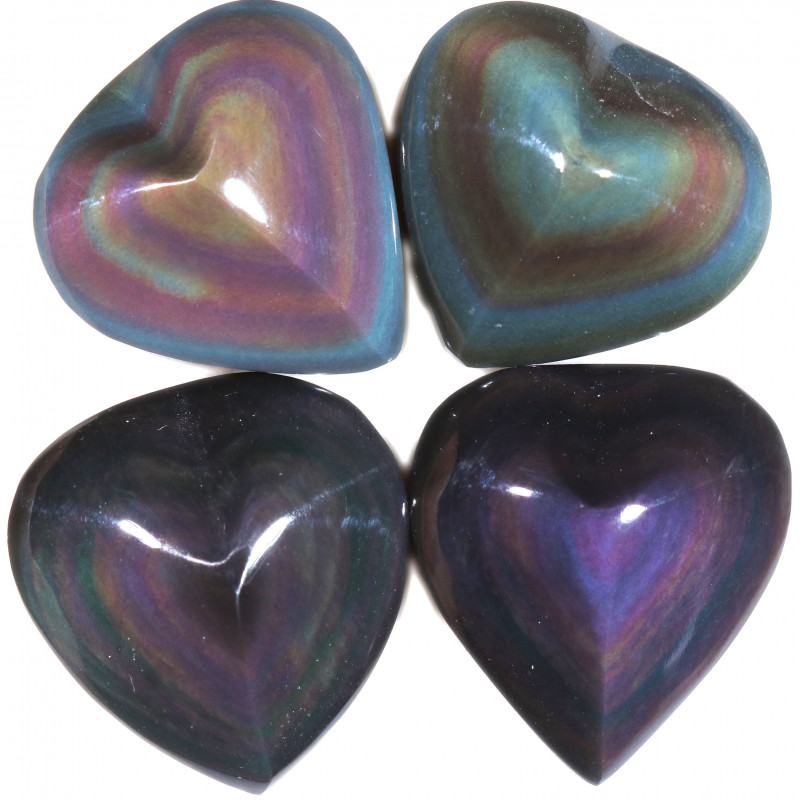 上图:彩虹黑曜石
上图:彩虹黑曜石
用天然玻璃宝石打开机遇之窗!
如果您喜爱宝石的自然美,那么天然玻璃宝石将是拓展您视野,探索地球和宇宙奥秘的绝佳途径。这里有众多独特的形状和颜色供您选择,还在等什么呢?
搜索Gemstone Encyclopedia
最新的文章
棕榈象牙雕刻,又称植物象牙,是象牙的天然替代品,取自南美洲棕榈树(Phytelephas palm)的果实,并以符合伦理的方式采集。本指南将带您全面了解棕榈象牙!
15th Jan 2026
彩虹格纹日光石是一种长石,由于内部含有各种包裹体,呈现出三种绚丽的光学效应。它绚丽多彩的光泽和格纹图案使其成为收藏家梦寐以求的珍宝!
12th Jan 2026
文章分类
How To's is where you will find helpful articles from gem Rock Auctions on how to cut gemstones, select gemstones and buy gemstones.
9文章数
